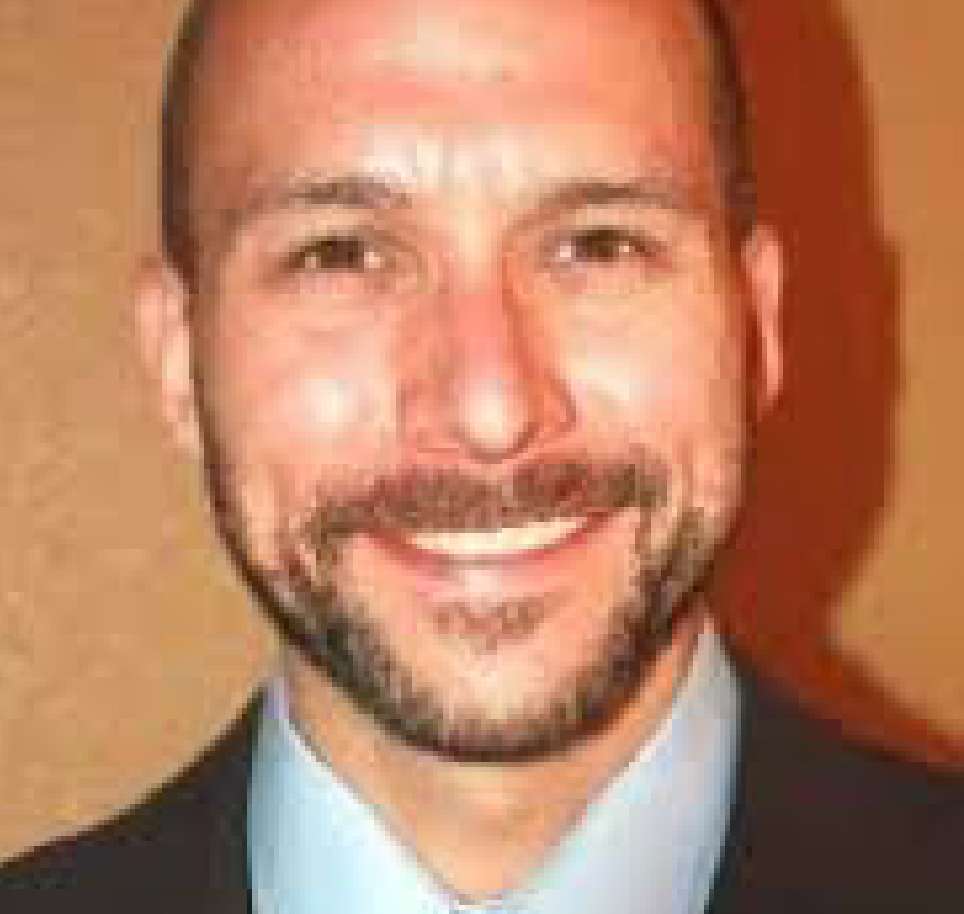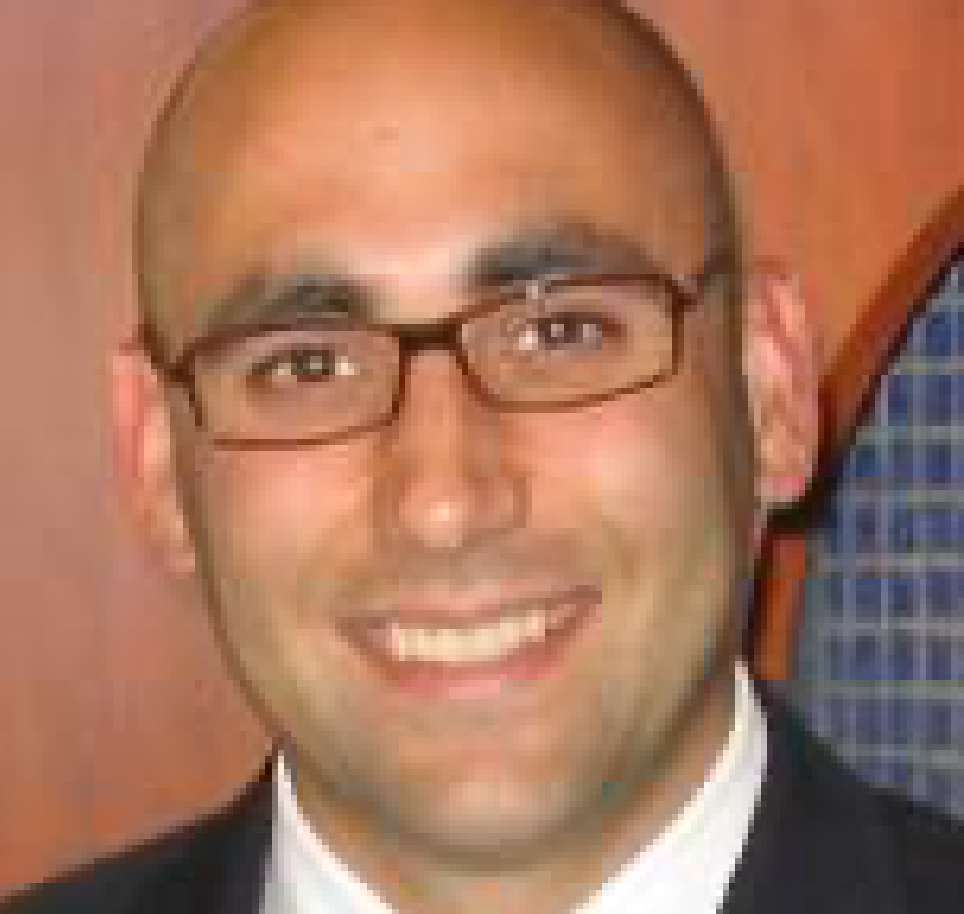2022 SMART Virtual Event
February 3, 2022
SMART Remediation talks have focused on innovative technologies for remediating contaminated sites, approaches for site characterization, project case studies, regulatory and industry perspectives, and other related topics.

A recent SMART Remediation conference were held virtually on February 3rd 2022. Details on the speakers and presentations are provided below.
Speakers

Kevin French,
Vertex Environmental
Permeable Reactive Barriers Just Keep Getting Better: How To Keep Up With The Times
- Bio |
- Abstract
- | Presentation
Kevin French
Mr. French is Vice President of Vertex and has over 30 years of experience and expertise in environmental engineering, specializing in site assessment and remediation. Kevin has been involved in the design and implementation of remediation programs across Canada involving PRBs, carbon adsorption, in-situ chemical oxidation and reduction, aerobic and anaerobic biodegradation, etc. in soil, groundwater and bedrock for a variety of contaminants, including petroleum hydrocarbons, chlorinated solvents and other compounds. He holds a Bachelor’s degree in Engineering from the University of Waterloo, is a Professional Engineer and a Qualified Person in Ontario, and frequently presents on environmental site assessment and remediation at conferences and seminars across Canada.
Permeable Reactive Barriers Just Keep Getting Better: How To Keep Up With The Times
A Permeable Reactive Barrier (PRB) is an engineered zone installed below ground to remediate migrating groundwater impacts. The “Permeable” part refers to the fact that groundwater flows through unimpeded. The “Reactive Barrier” part indicates that groundwater contaminants react with the media contained within the PRB and are destroyed or removed during this process, preventing contaminants from migrating further. The recent rise in popularity of PRBs is somewhat related to the increased use of Risk Assessments and requirements for Risk Management Measures. When designed and installed properly, PRBs are a truly passive and effective barrier to contaminant migration and represent an essential, long-lasting risk management tool for environmental practitioners. However, even today, too many PRBs are still designed using generic assumptions and old rules-of-thumb. This often leads to under-design (remedial objectives not met) or over-design (unnecessary expense) of PRBs. In addition, what happens when there are no applicable rules-of-thumb for unusual site conditions (bedrock, high groundwater flow velocity, etc.), contaminants (PHCs, PFAS, etc.) or the remedial amendment being used (not granular ZVI)? A more sophisticated approach to PRB design is warranted in these scenarios. This presentation will serve to outline an improved approach to PRB design that takes advantage of the current state of knowledge and technology in the environmental industry. Aspects that will be discussed in the talk include: • Necessary site characterization data inputs • High-resolution PRB alignment profiling • Desktop modeling and preliminary design • Bench-scale PRB design testing and optimization • Detailed design and sensitivity analysis • Installation techniques, including in fractured bedrock • New QA/QC test methods for reactive media, including AC amendments Examples of recently completed projects will also be presented and discussed. It is hoped that this updated approach will serve as a roadmap for environmental practitioners to increase the certainty of performance and cost-effectiveness for all types of PRBs such that their long-term risk management objectives are achieved.

Mike Mazzarese,
AST Environmental, Inc.
DNAPL Remediation Projects: Case Studies Using the CAT 100 Technology
- Bio |
- Abstract
- | Presentation
Mike Mazzarese
Mike Mazzarese is a Senior Remediation Engineer at AST Environmental and has been involved with in-situ remediation for 17 years. His responsibilities include project management, research and development, remedial assessment and design, field implementation oversight, and post project data analysis. Mike is a graduate of Penn State University holding a Master of Science degree in Environmental Engineering. He has previously worked for Vironex, Regenesis, and URS and is currently based in the Denver, CO area.
DNAPL Remediation Projects: Case Studies Using the CAT 100 Technology
Sites with Dense Non-Aqueous Phase Liquid (DNAPL) are notoriously difficult to remediate. Advances with in-situ remediation methods and products in recent years has resulted in DNAPL remediation success. This presentation will provide a review of a new product, CAT 100 and its applications on chlorinated solvent sites with suspected or measured DNAPL. CAT 100, a biologically enhanced version of the Trap and Treat® BOS 100® technology, combines activated carbon impregnated with metallic iron, a complex carbohydrate (time release substrate), a consortia designed to degrade chlorinated solvents and a second consortia designed to breakdown the polymeric carbohydrate to monomeric fragments. These smaller substrate fragments are then efficiently used by the CVOC degraders. The science behind CAT 100 and project summaries with supporting lines of evidence for the degradation processes (e.g. dissolved gases and microbiological diagnostics) will be covered. Site 1. A former dry cleaning facility in Northern Europe, where a large PCE plume was impacting groundwater on and off-site. In 2017, CAT 100 and BOS 100® were applied as part of a large-scale remediation program after a large scale Remedial Design Characterization (RDC) was performed. Currently, a 95% average reduction in PCE concentrations has been observed in the monitoring wells located in the areas targeted by the remediation. Site 2. CAT 100 was successfully implemented as part of a combined remedies (BOS 100® and Sodium Permanganate were also applied) strategy to treat elevated levels of Trichloroethylene in a shallow fine grained aquifer at a former large industrial facility. Total chlorinated ethene (TCE, cis-1,2 DCE, and VC) concentrations in the source area have been reduced by over 97% in less than 12 months. Site 3. A former chemical plant that stored hydrogen peroxide, MIBC, PCE, acetone, ethanol, and diesel fuel was remediated using a phased combined remedies approach. The interim corrective action was completed in 2013-14 and included 1) an off-site in-situ permeable reactive barrier utilizing BOS 100® to capture dissolved impacts leaving the facility and 2) shallow soil mixing activated persulfate (lime activation) to mitigate unsaturated soil impacts adjacent to source media. In addition, five phases of CAT 100 injections have been completed at the site since 2016. Total solvent concentrations have been reduced 96-99% in the CAT 100 treatment areas to date.

Muntazir Pardhan,
Dillon Consulting Limited
Remediation of Wetland Used by First Nation for Plant Harvesting
- Bio |
- Abstract
- | Presentation
Muntazir Pardhan
Muntazir Pardhan has a Bachelors of Civil and Environmental Engineering from Western University and is licenced as a Professional Engineer in the province of Ontario. He is an Environmental Engineer at Dillon Consulting Limited in London, ON and has over 19 years of experience in consulting. Muntazir specializes in phased environmental site assessments and remediation projects with Indigenous Communities across Canada. He also manages large scale phased environmental site assessments for infrastructure projects and monitoring of active and closed landfills.
Remediation of Wetland Used by First Nation for Plant Harvesting
Four areas within traditional lands of the Mohawks of the Bay of Quinte (MBQ) in the Township of Tyendinaga, Ontario were found to be significantly contaminated with metals, PAHs, and petroleum hydrocarbons. These lands are of great importance to the First Nation community as they are used for fishing and harvesting of plants (e.g., sweet flag) used by community members for medicinal purposes. In 2019, to support the transfer of lands to MBQ, Dillon was retained to complete the final stages of the FSCAP 10-Step process (remediation and closure) by preparing a Remedial Action Plan and remedial design based on source removal. The discovery of contamination encroaching on a previously unidentified wetland required alternative remedial approaches to remediate and risk manage the lands while balancing the need for ongoing traditional use by MBQ. This presentation reviews the unique considerations and challenges faced following the discovery of contamination in a previously unidentified wetland that served as a key source of traditional medicine for the community. The problems within the wetland were further aggravated by high water levels and species at risk which introduced additional constraints to a final remedy. A phased approach was adopted that included source removal of impacts adjacent to the wetland from targeted areas and the completion of a risk evaluation and functional assessment of the wetland for successful management of the remaining impacted areas of the wetland. Further field data collection was necessary to address data gaps and included soil/sediment sampling and analysis of medicinal plants located in the wetland. Stakeholder collaboration (MBQ and Indigenous Services Canada) and the implementation of an environmental monitoring program during construction was critical to the success of the phased approach for the remediation and risk management of the wetland. In addition, in collaboration with MBQ, the planned excavation of impacted soil in heavily forested area was curtailed as risks were evaluated and a mitigation plan was incorporated into the design.

Matthew Rousseau,
GHD Consultants Ltd.
The Power of Natural Processes: The Growing Impact of Natural Source Zone Depletion on Petroleum NAPL Remedial Strategy
- Bio |
- Abstract
- | Presentation
Matthew Rousseau
Matt Rousseau is a Senior Environmental Engineer and petroleum NAPL Technical Lead with GHD based in Canada. Matt has been consulting for over 20 years, with a focus on petroleum contaminated sites specifically for most of that time. His work focuses on the preparation of LNAPL Conceptual Site Models (LCSMs), the design of LNAPL site investigation programs, the evaluation of LNAPL mobility/stability, natural source zone depletion (NSZD) assessments, and the development of LNAPL remediation and management strategies with a focus on sustainable risk-based solutions. Matt regularly provides training related to LNAPL behaviour, site characterization and remediation and has helped develop related technical guidance documents in the U.S. (ITRC), Canada (Department of National Defence, Federal Contaminated Sites Action Plan/FCSAP), and Australia (CRC CARE). Most recently, Matt served as primary author of CRC CARE Technical Report 46, The role of natural source zone depletion in the management of light non-aqueous phase liquid (LNAPL) contaminated sites, and instructor of the associated CRC CARE NSZD online masterclass. Matt has B.A.Sc. (1997) and M.A.Sc. (2000) degrees in Environmental Engineering from the University of Windsor in Windsor, Ontario, Canada.
The Power of Natural Processes: The Growing Impact of Natural Source Zone Depletion on Petroleum NAPL Remedial Strategy
The management of sites impacted by light non aqueous phase liquid (LNAPL) has historically focused on the quick implementation of aggressive techniques to mitigate perceived risks. While this course of action might be relevant for new releases, it will often be relatively ineffective at sites where LNAPL has been in the ground for more than a few years. Years of academic study and empirical field observation have revealed that: 1. Engineered solutions may not result in a tangible beneficial change in conditions at LNAPL sites 2. The risks associated with LNAPL sites are often lower than historically assumed 3. Natural LNAPL biodegradation processes (referred to as Natural Source Zone Depletion or NSZD) can account for much higher LNAPL mass loss/degradation rates than previously thought possible Recent years have brought a new understanding of the potential magnitude and importance of NSZD in the remediation and management of petroleum-contaminated sites. It is now understood that most of the petroleum degradation happening at LNAPL sites will be manifested through observable changes in LNAPL composition over time, soil gas content, and/or vadose zone temperature profiles. These changes will represent the majority of the petroleum degradation at LNAPL sites, with rates that can be orders of magnitude higher than the biodegradation signified by changes in dissolved concentrations and groundwater geochemical parameters. It is also now understood that NSZD can occur at rates that rival or exceed what can be achieved via conventional LNAPL remedial techniques, without the associated environmental footprint or remedial risk. Accordingly, the assessment of NSZD is becoming a more standard consideration in LNAPL conceptual site model development and site management decision-making as evidenced by contemporary publications from the American Petroleum Institute (U.S.), the Interstate Technology & Regulatory Council (U.S.), CL:AIRE (UK), and CRC CARE (Australia). Assessing NSZD can serve a number of purposes including: • Providing a rapid, non-invasive method for delineating LNAPL (at some sites) • Quantifying NSZD as the baseline remedy consideration • Scrutinizing the costs and benefits of engineered remedies over NSZD • Supporting line of evidence of the appropriateness of risk-based LNAPL management strategies This presentation will discuss NSZD processes and the most commonly used techniques for estimating NSZD rates. In addition, a case study will be presented illustrating how NSZD fit into the overall site management strategy, including detail on the implementation and results of the NSZD monitoring itself.

Jacquelyn Stevens,
Willms & Shier Environmental Lawyers LLP
Environmental Liability Viewed Through the Lens of Recent Environmental Law Decisions
- Bio |
- Abstract
- | Presentation
Jacquelyn Stevens
Jacquelyn Stevens has significant expertise representing a wide range of clients in environmental civil litigation, defence of prosecutions by environmental regulators, and on administrative appeals. Jacquie also provides effective advice and solutions for environmental due diligence and compliance, brownfields/contaminated site remediation, and environmental approvals for air, odour, noise and waste. Jacquie appears before the Courts and administrative tribunals, including the Ontario Court of Appeal. Jacquie advises on cross-boundary migration of contamination and remediation options during civil litigation and has significant expertise litigating contamination issues at dry cleaning operations and gas stations. Jacquie defends clients against quasi-criminal environmental prosecutions by regulatory authorities, and appeals regulatory orders and approvals. Jacquie is the President of the Women’s Law Association of Ontario and a member of the CBA, OBA, PDAC and ESAA. In addition to her law degree, Jacquie has a B.Sc. in Earth Sciences from Dalhousie University, a Master of Science in Geology from St. Francis Xavier University, and a Master of Studies in Environmental Law from Vermont Law School. Jacquie is called to the bar in Alberta and Ontario.
Environmental Liability Viewed Through the Lens of Recent Environmental Law Decisions
While the pandemic led to shutdowns and delays, Courts and Tribunals across Canada went virtual and decided several notable environmental civil and regulatory disputes. During this presentation, Willms & Shier lawyers will review recent regulatory and civil decisions that tell a tale about just how broad the scope of environmental risks and liabilities are in various circumstances including when: • Litigation ensues about contaminated land; • An environmental indemnity to clean up is set out in an agreement; • Corporate directors and officers have exposure to environmental liability; • Tensions arise between environmental obligations and corporate bankruptcy; and • Provinces challenge Canada’s powers to regulate climate change.